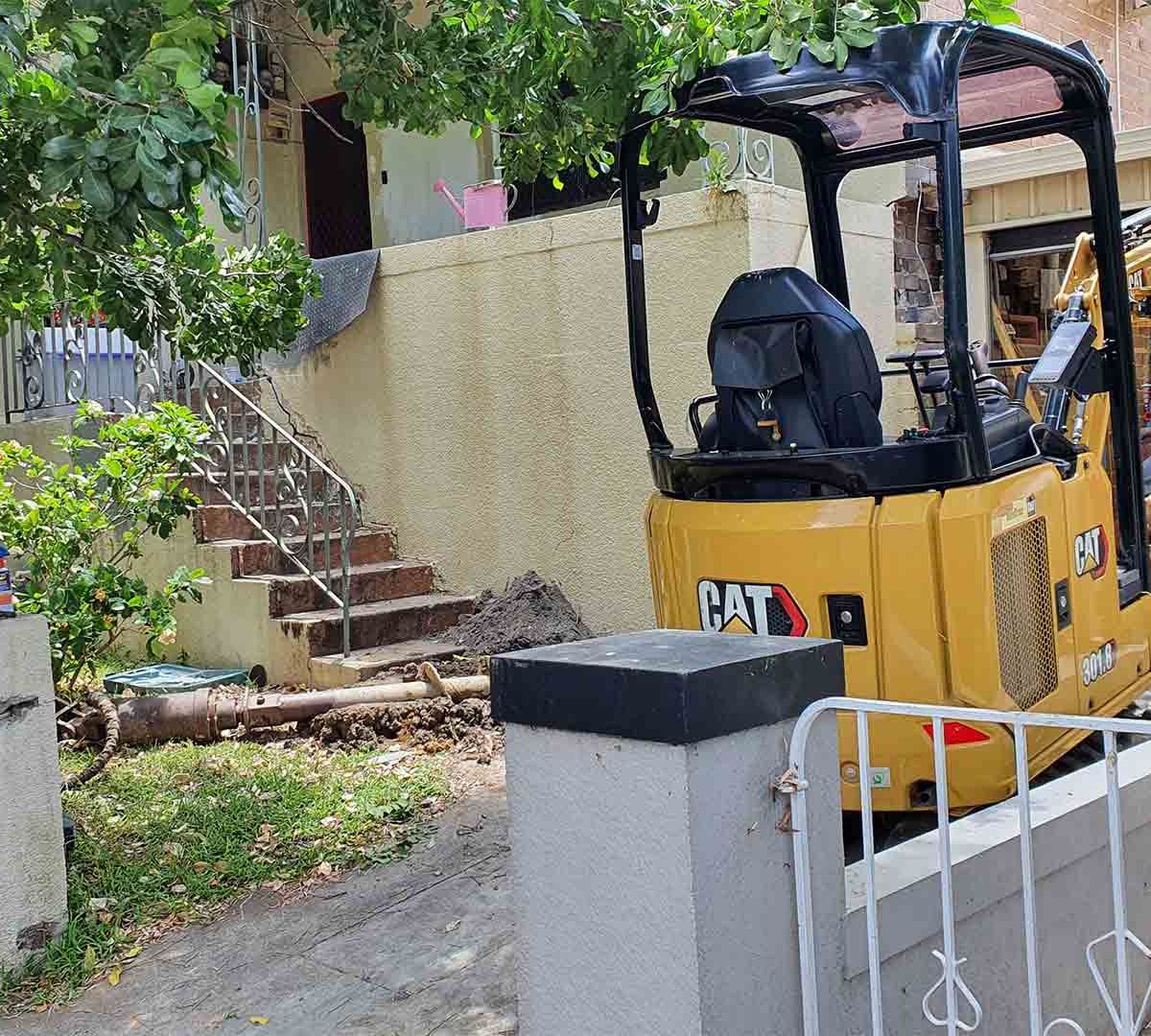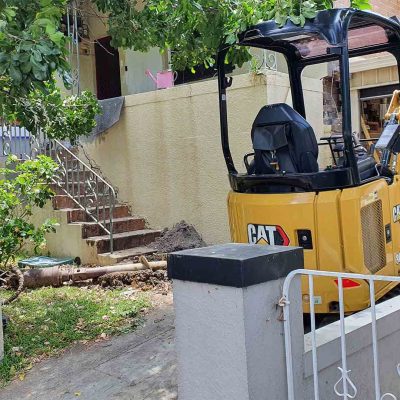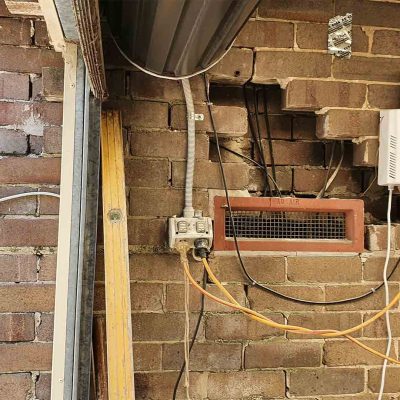Introduction
Retaining walls are essential structures in landscaping and civil engineering that serve multiple functions. These walls are designed to hold back soil, prevent erosion, and create level surfaces on uneven terrain. They not only enhance the aesthetic appeal of a property but also contribute to its structural integrity. In this comprehensive guide, we will delve into the world of retaining walls, exploring their various types, functions, design considerations, and construction techniques.
- Types of Retaining Walls
There are several types of retaining walls, each with distinct characteristics and suitable applications:
a. Gravity Walls: These walls rely on their own weight to resist the pressure from the retained soil. They are often constructed using materials like stone, concrete blocks, or poured concrete.
b. Cantilever Walls: Cantilever retaining walls are designed with a reinforced horizontal footing that extends backward into the retained soil, creating stability. They are commonly constructed using concrete.
c. Reinforced Soil Walls: These walls use layers of geosynthetic reinforcement materials to improve stability. Reinforced soil walls are a cost-effective solution for retaining walls of moderate height.
d. Gabion Walls: Gabion walls are made of wire mesh boxes filled with stones or rock. They are flexible and allow water to pass through, making them suitable for both structural and decorative purposes.
e. Sheet Pile Walls: Sheet pile walls are commonly used in waterfront environments, where vertical sheets are driven into the ground to form a barrier.
- Functions of Retaining Walls
Retaining walls serve various practical purposes, including:
a. Erosion Control: They prevent soil erosion and the washing away of valuable topsoil.
b. Landscaping: Retaining walls can create terraces, raised planters, or level areas on sloped landscapes.
c. Structural Support: In civil engineering, retaining walls provide structural support to roads, bridges, and buildings built on uneven terrain.
d. Flood Control: In flood-prone areas, retaining walls can help redirect water and protect properties from flooding.
- Design Considerations
When designing a retaining wall, it’s essential to consider several factors to ensure its effectiveness and durability:
a. Height and Load: The height of the wall and the pressure it needs to withstand will dictate the design and material choices.
b. Drainage: Proper drainage is crucial to prevent water buildup behind the wall, which could lead to erosion and structural issues.
c. Materials: The choice of materials should align with the wall’s purpose and aesthetic preferences. Common materials include concrete, brick, stone, and timber.
d. Aesthetics: Retaining walls can enhance the visual appeal of your landscape. Consider the style, color, and texture that best complements your surroundings.
e. Permits and Regulations: Check local building codes and regulations to ensure compliance when constructing a retaining wall.
- Construction Techniques
Proper construction is critical to the longevity and functionality of retaining walls. Here are the general steps involved:
a. Site Preparation: Clear the area of vegetation and debris. Excavate the trench where the wall will be built.
b. Foundation: Lay a stable foundation, typically made of compacted gravel or concrete, to support the wall.
c. Wall Construction: Build the wall according to the chosen design and material, ensuring proper drainage and backfill with gravel.
d. Drainage: Install a drainage system, such as weep holes or French drains, to prevent water buildup behind the wall.
e. Backfilling: Carefully compact the soil behind the wall in layers to minimize settling and ensure stability.
f. Finish: Add finishing touches, such as caps or veneers, for both functional and aesthetic purposes.
Conclusion
Retaining walls are versatile structures that play a crucial role in landscaping, civil engineering, and property maintenance. By understanding the types, functions, design considerations, and construction techniques, you can make informed decisions when planning and building retaining walls on your property. Whether you’re looking to control erosion, create a beautiful terraced garden, or support a critical infrastructure project, retaining walls offer a solution that combines form and function.



